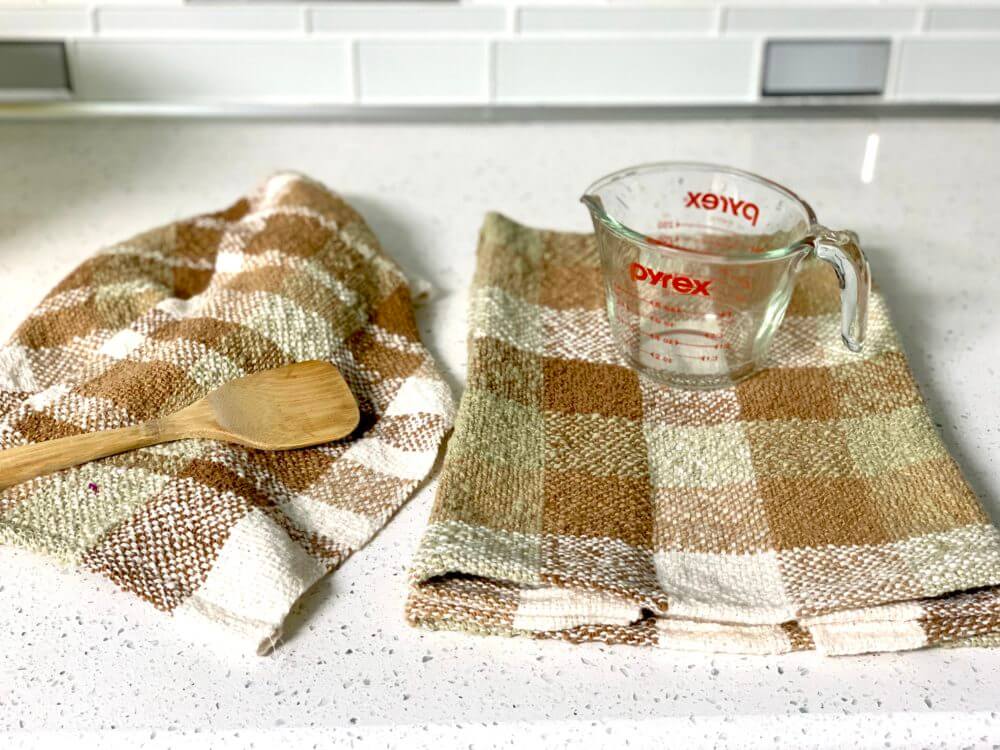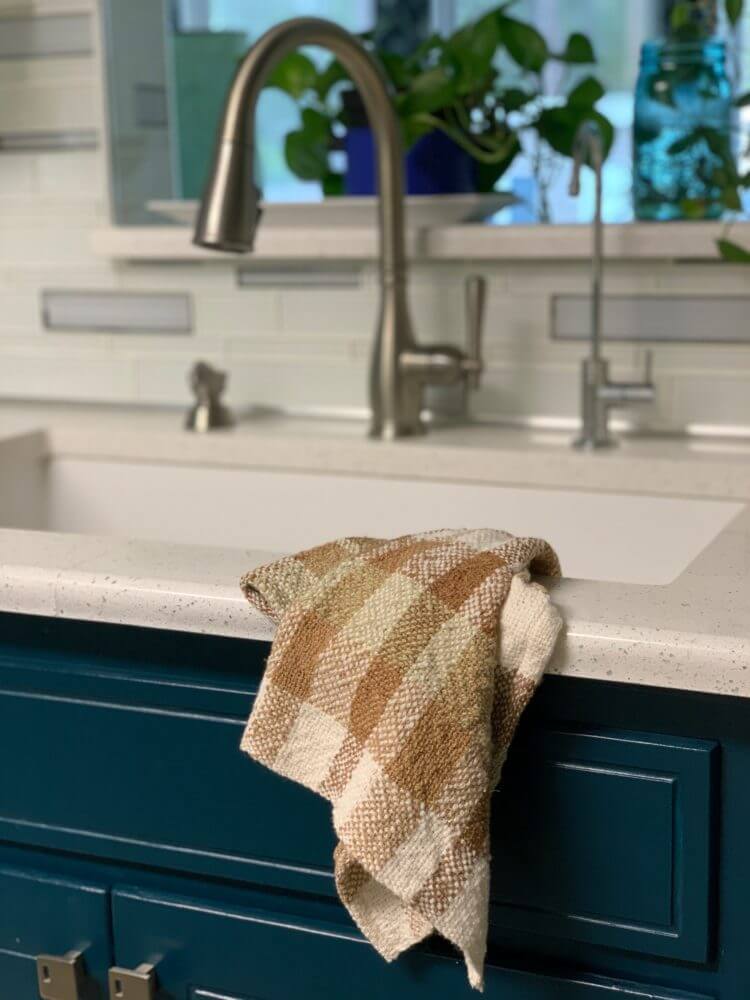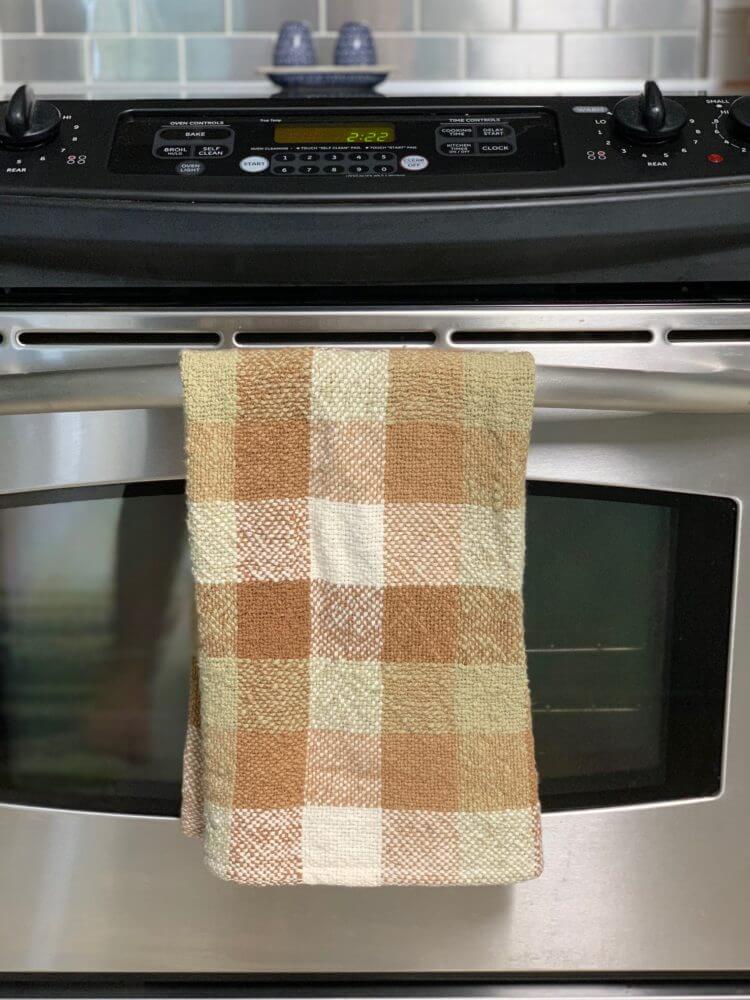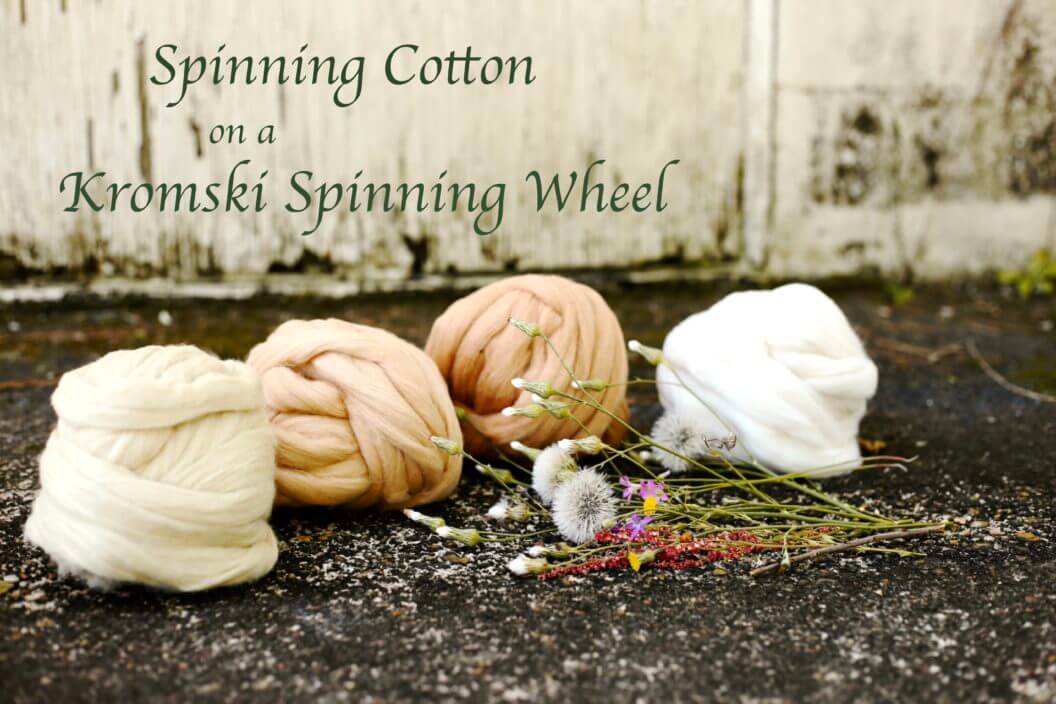Summer is just around the corner and there is no better fiber for warm weather than cotton.
Did you know that cotton grows in colors?
We are all used to seeing wonderful fluffy white cotton and of course, cotton dyed all sorts of colors. While dyed colors can be quite pretty, I am drawn to the simple quiet colors of natural cotton. Cotton can be found in several naturally grown colors; white, green, cinnamon and brown.
For many people, cotton can be a bit tricky to spin at first. But as luck would have it, colored cotton is available in what is known as Easy Spin Cotton. While still not quite as easy (for most) to spin as wool roving, it is a vast improvement on cotton fresh off the boll, especially for beginners.
When spinning cotton, or any short staple fiber, the spinning wheel should be set up to spin on the smallest whorl possible. On Kromski wheels this means the Extra Fast Whorls for the double drive wheels (the Minstrel, Symphony and Polonaise) and the Fantasia. The single drive Sonata, Prelude and Interlude will need the Faster Flyer.
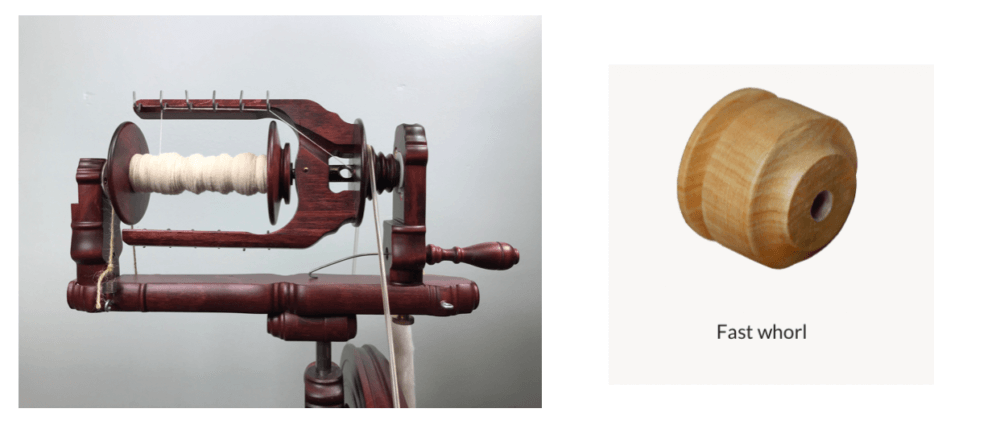
Why do we need a smaller whorl?
In order for the short fibers to hold together as yarn, they will need to be twisted together more tightly than wool or other long stapled fibers. In order to get this extra twist with the standard whorl, the spinner would need to treadle very fast. Not only is this difficult for most spinners to maintain, it is simply not enjoyable! So instead, we let the ratio of the smaller whorl do the work for us. It will put a lot of twist into the fibers while we treadle with a normal cadence.
There is still a bit of a learning curve to spinning these short fibers, but as with all crafts, it just takes practice.
If you normally spin using a short draw method, you may be surprised just how short cotton can be. Some people tend to tense up when the draw gets this short. Remember to relax and feel the fibers as they travel through your fingers. If you continue to struggle, try the long draw or maybe a long/short draw combination. With some experimentation and practice, I’m sure you will find that cotton is not as difficult to spin as you may think.
Another trick that may help is to spin from the opposite end of the roving if you are having a particularly difficult time. Believe it or not, this can make a real difference.
When spinning cotton it’s also important to remember that a heavier yarn such as a worsted or bulky weight, must be created with multiple plies. Due to the nature of the short fibers, they simply won’t hold together if you attempt to make a thick single.
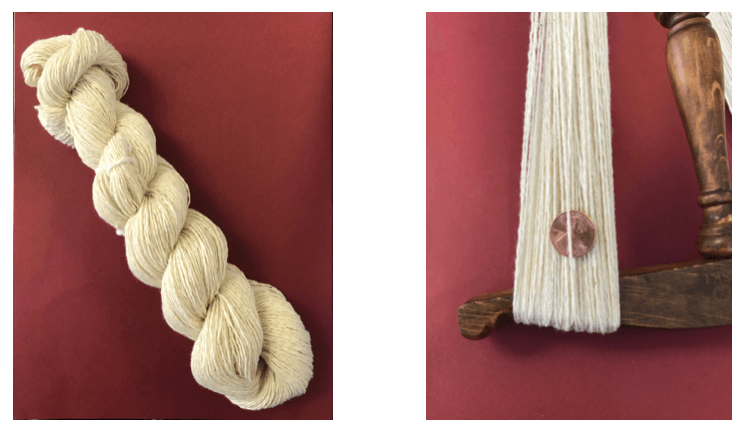
Just how short is cotton? The average staple length of cotton is between 3/8” to 1 1/8”. The Easy Spin Cotton that we used here has a length of 1 1/4” – 1 3/4”. Wool on the other hand, while it varies from breed to breed, is generally available to spinners between 2 and 5 inches. Kromski Polish Merino is around 4”. Below is a photo to compare the two.
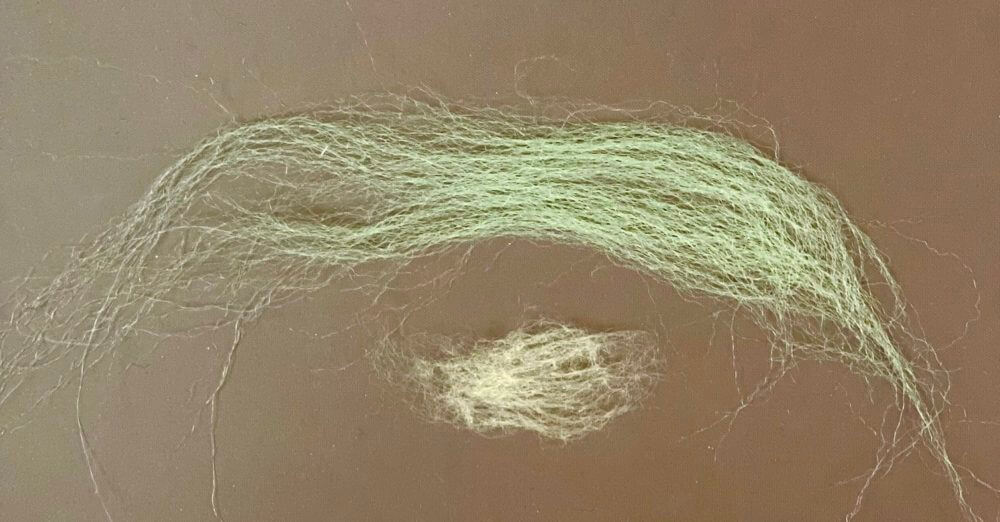
I thought it would be fun to spin each on a different wheel, just to get a feel for the faster whorl on each. The Kromski bobbins are interchangeable which made it easy to switch spinning wheels at will. Each wheel does have a slightly different ratio, so there was a bit of adjusting on my part as I switched around, but to no surprise, they all handled it beautifully!
If you’re curious about the different ratios, you’ll find them listed with the wheel descriptions on the website. https://kromskina.com/spinning/
No matter which Kromski wheel you choose, once it’s set up with a faster flyer or whorl, you will be ready to expand your abilities and spin cotton.
For this project I wanted to show off all four colors together in one dish towel.
I began with 2 oz of each color. I kept the colors to themselves rather than blending them together so that the finished towel would more clearly show off the variations in color.
Once the skeins were plied (this project uses a 2 ply yarn throughout), they needed to be soaked in very warm, almost hot, water to set the twist.
Tip: Adding a bit of baking soda helps to boost the colors. Be sure to rinse it out after soaking.
For breakage reasons some people advise against using hand spun cotton as a warp, but I felt comfortable using it on my Harp Forte. I kept my tension gentle and worked carefully. The yarn did have a few lumps and bumps and a couple spots where the yarn was over or under twisted, so I watched carefully as I brought the heddle forward to avoid breakage.
I like to think my inconsistencies add to the charm of a hand made project!
The pattern here is a simple plaid consisting of 20 threads per group in an 8 dent heddle. There are nine color changes across a 24” Harp Forte. I warped enough to make 2 towels, each 14 blocks long (35” each). After wet finishing the towels measure 26” x 18”. Cotton shrinks!
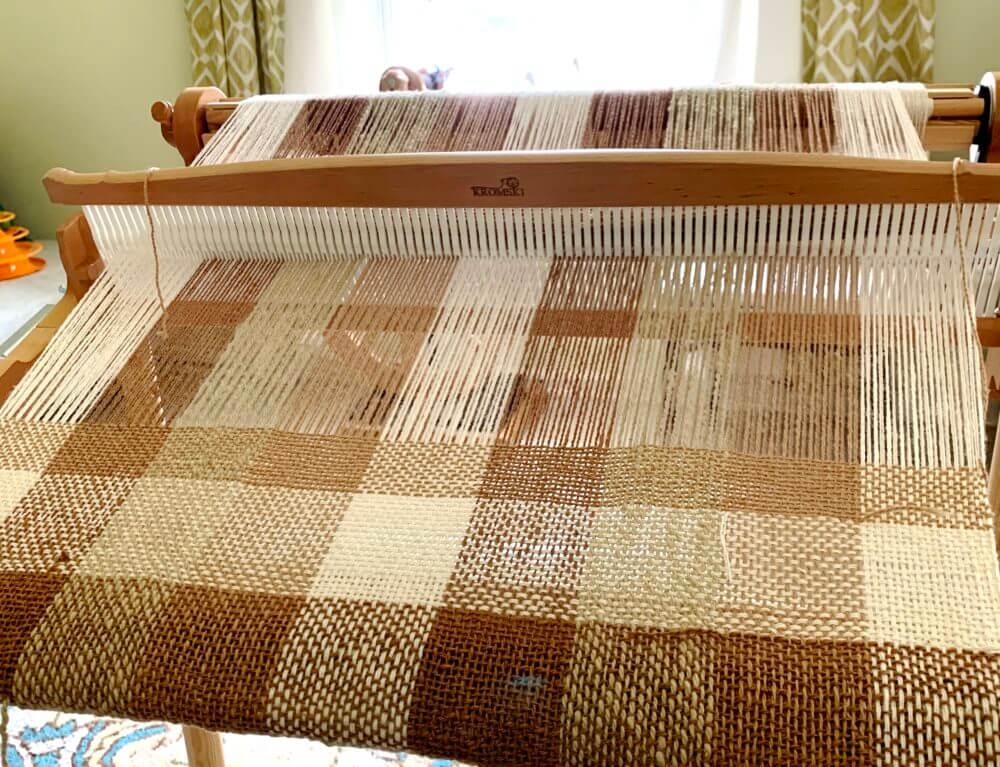
At the start of the weaving, I made sure to do a couple inches extra with some waste yarn. After they were all woven I added some waste yarn at the end. Once my towels were off the loom I did a machine stitched hem at either end of the waste yarn for added security before washing the fabric in hot water and drying it on the hottest setting of my dryer.
After that each one is cut and hemmed into individual towels.
These are very absorbent, sturdy towels that would look wonderful in virtually any kitchen. Since the fiber is inherently colored, they will never fade. In fact the colors may actually deepen with each wash.
